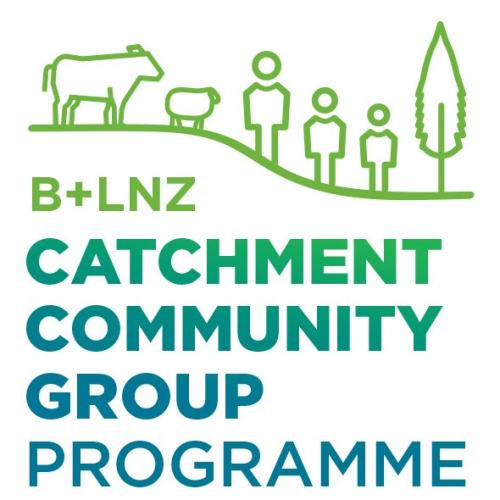Search results
Displaying 141 - 150 results of 719

- Industry data… lambing percentage online data collection benchmarking key drivers improved farm … your course visit httpsbeeflambnzcomdatatoolslambing calculator calculate your lambing …
- Resource book… specialist lamb finishing feeds valuable tools driving lamb growth rates typically … beef lamb new zealand recommend our feedsmart tool help calculate feed demand all tables … available tap your finger you can download tool from wwwfeedsmartconz information how use …
- NewsVoting packs for the upcoming 2024 B+LNZ Annual Meeting process will be arriving in farmers’ mailboxes over the coming …

- PodcastHear from Peter Mitchell (North Otago), Mark Adams (Fairlie), Josh Brown (North Canterbury), Roger Dalrymple (Rangitikei), Anna Nelson (King Country) and Rick Burke (Bay of Plenty). For more detail, …

- News… refugia and explains why it is an important tool for managing parasites. …

- Industry data… hectare standardised measure facilitates benchmarking because places farm businesses …
- Other PDF… reduce warming our atmosphere however limited tools technologies without significantly … current emission targets lack mitigation tools cccs recommendations threatens ability … developments application methane mitigation tools however argue has been change how …
- Resource book… growth provides good forward planning tool ensure good result from spring grazing … spray autumn spray cheapest most effective tool have key result from autumn spraying … feed grown winter spraying stands fantastic tool clean any weeds which competing ever …
- Resource book… sale more lambs early selectionscreening tool ewe replacements increase ewe lifetime … puberty early however teasing should used tool get lightweight hoggets cycling can bred … could use body condition scoring screening tool identify hoggets most suitable breeding …